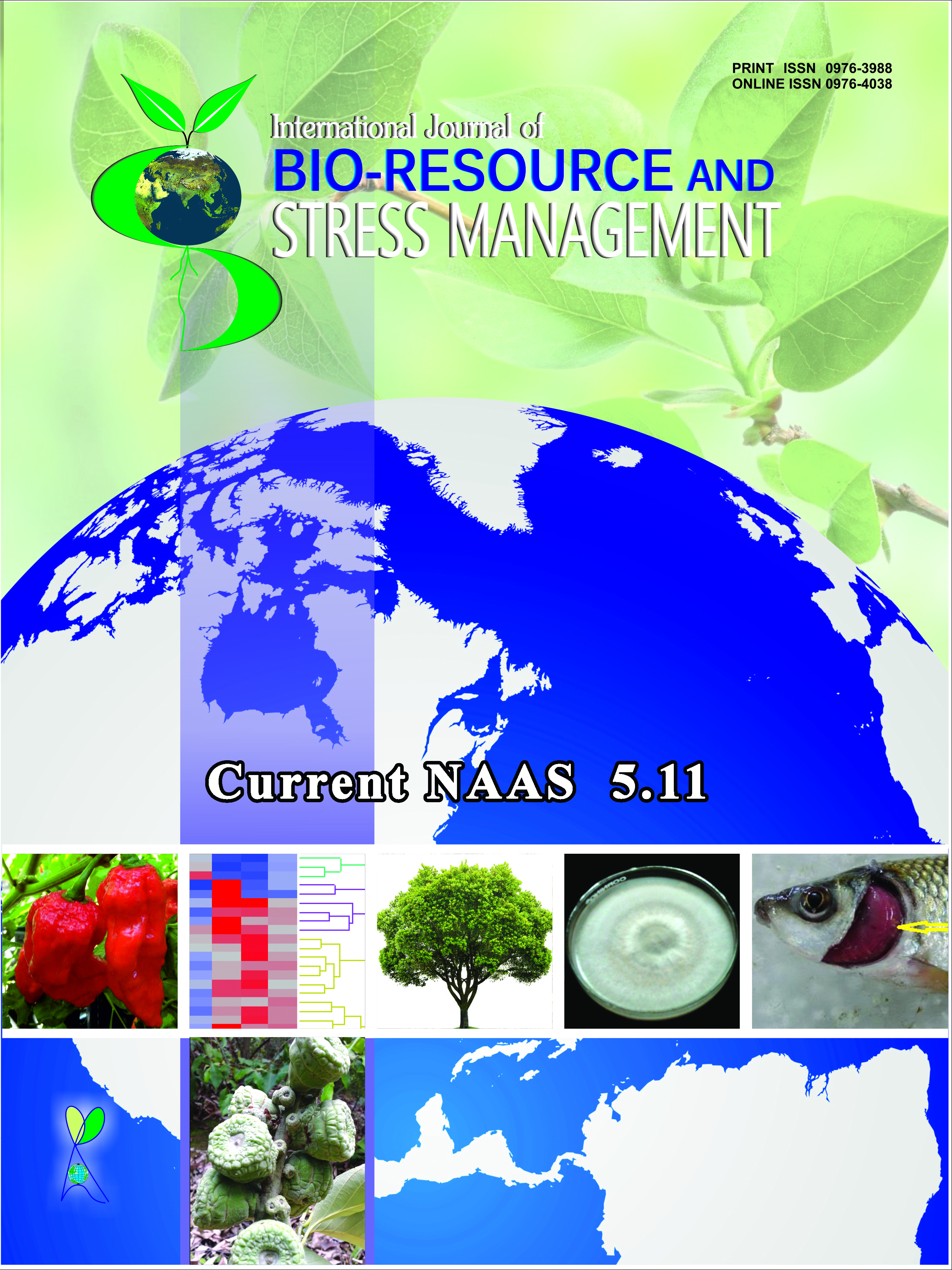Comparative Levels of Salinity Tolerance of Different Vegetable Crops
Abstract
Using a semi-hydroponic technique, experiments were carried out with the objective to evaluate the salinity tolerance in different hybrids of commercial vegetable crops (okra, onion, sponge gourd, carrot, bitter gourd, ridge gourd, bottle gourd, sweet corn, cucumber, water melon, tomato, and chilli) at seedling stage. In general, in all vegetable crops, highly significant differences were found among hybrids and NaCl concentration with respect to emergence (%), emergence index, shoot length and root length. Emergence was highly correlated with shoot length, and root length showing the contribution of shoot length to salinity tolerance in different vegetable crops. With increasing salinity, there was an increase in root length in salinity tolerant lines but there was a corresponding decrease in root length in susceptible ones. A comparative study on salinity levels revealed that two hybrids of okra genotypes can tolerate up to 0.15 M NaCl. Among these two hybrids, cv. Sleek is the best. Onion hybrids can tolerate up to 0.10 M NaCl and water melon can tolerate up to 0.15 M NaCl. Among the three water melon hybrids, cv. Slice is the best followed by cv. Candy. Bitter gourd can tolerate up to 0.15 M NaCl. Bottle gourd can tolerate up to 0.1 M NaCl. Cucumber hybrids showed an increase in root length under saline conditions which could be related to osmotic adjustment. Among the three cucumber hybrids, Salad is the best followed by cv. Harmony. Among all vegetable crops, gourds are tolerant to salinity, while onion, tomato and chilli are susceptible to this abiotic stress factor. The hybrids of these vegetable crop species which tolerate high levels of NaCl at the seedling stage, have a great potential under saline prone areas.
Downloads
Downloads
Published
How to Cite
Issue
Section
License
Authors retain copyright. Articles published are made available as open access articles, distributed under the terms of the Creative Commons Attribution-NonCommercial-ShareAlike 4.0 International License, which permits unrestricted non-commercial use, distribution, and reproduction in any medium, provided the original author and source are credited. 
This journal permits and encourages authors to share their submitted versions (preprints), accepted versions (postprints) and/or published versions (publisher versions) freely under the CC BY-NC-SA 4.0 license while providing bibliographic details that credit, if applicable.





